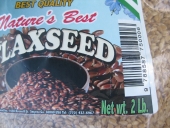
 4
4




 http://www.eattheweeds.com/cyperus-esculentus-rotundus-for-lunch-2/
http://www.eattheweeds.com/cyperus-esculentus-rotundus-for-lunch-2/
![Filename: Yellow-Chufa-with-seeds-2-ft.jpg
Description: [Thumbnail for Yellow-Chufa-with-seeds-2-ft.jpg]](/t/86909/a/63356/Yellow-Chufa-with-seeds-2-ft.jpg)
![Filename: Chufa-Nut-and-String-Root-Mat.jpg
Description: [Thumbnail for Chufa-Nut-and-String-Root-Mat.jpg]](/t/86909/a/63358/Chufa-Nut-and-String-Root-Mat.jpg)

 2
2
















 1
1




 1
1




Freedom!
 2
2




-Nathanael








 3
3
















 1
1




Freedom!












Nathanael Szobody wrote:
Maybe there's a third option: grow several successions of very tall, dense grasses, like rye and sorgum, without tilling in between. They will at once crowd it out and shade it out. If you do it repeatedly, you will create loads of mulch to improve your soil at the same time.
-Nathanael
'What we do now echoes in eternity.' Marcus Aurelius
How Permies Works Dr. Redhawk's Epic Soil Series












William Bronson wrote: Totally get that! The very reason I don't harvest lamb quarters.
'What we do now echoes in eternity.' Marcus Aurelius
How Permies Works Dr. Redhawk's Epic Soil Series




Joylynn Hardesty wrote:
How about, brasciea, under seeded with clover, then in spring, poke sorgum, and whatever through the still growing clover to sprout as clover dies in May?
Any additional ideas?
-Nathanael
























 2
2




 sorry, I'm the slow one. That should work fine as long as you have a way of sowing a grass very thickly in the existing clover. You could probably just broadcast it before you crimp the clover.
sorry, I'm the slow one. That should work fine as long as you have a way of sowing a grass very thickly in the existing clover. You could probably just broadcast it before you crimp the clover.

-Nathanael




Medicinal herbs, kitchen herbs, perennial edibles and berries: https://mountainherbs.net/ grown in the Blue Mountains, Australia
















Joylynn Hardesty wrote:Well It looks to me like the chufa, yellow nutsedge pictured in the article from Eat the Weeds from the first post. But I didn't buy it pre-labeled. It appeared all by itself. I'm assuming that the article is about "real chufa". Common names can be confusing.
In my climate, this plant has its' above ground parts killed by frost.
















Joylynn Hardesty wrote:The seeds and underground nuts taste "nutty". I can't get any more specific than that. Not bad, not awesome, to my taste buds.












William Wallace wrote:Here's a question, many vegetables like radishes are used to break up the soil and left in the ground to rot. This won't happen to Chufa, because it will continue to spread?
'What we do now echoes in eternity.' Marcus Aurelius
How Permies Works Dr. Redhawk's Epic Soil Series








 1
1
















 I like to eat the greens. I love to see the flowers.
I like to eat the greens. I love to see the flowers.








 3
3












 1
1




'What we do now echoes in eternity.' Marcus Aurelius
How Permies Works Dr. Redhawk's Epic Soil Series
 1
1




Creating edible biodiversity and embracing everlasting abundance.
 1
1
















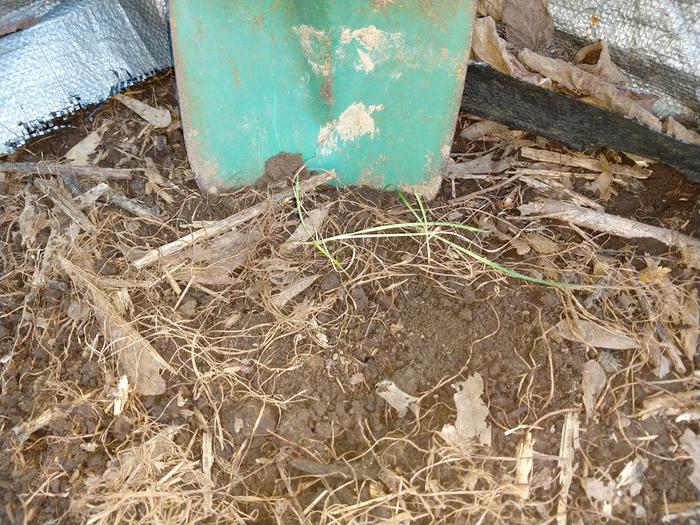
'What we do now echoes in eternity.' Marcus Aurelius
How Permies Works Dr. Redhawk's Epic Soil Series












'What we do now echoes in eternity.' Marcus Aurelius
How Permies Works Dr. Redhawk's Epic Soil Series








 1
1




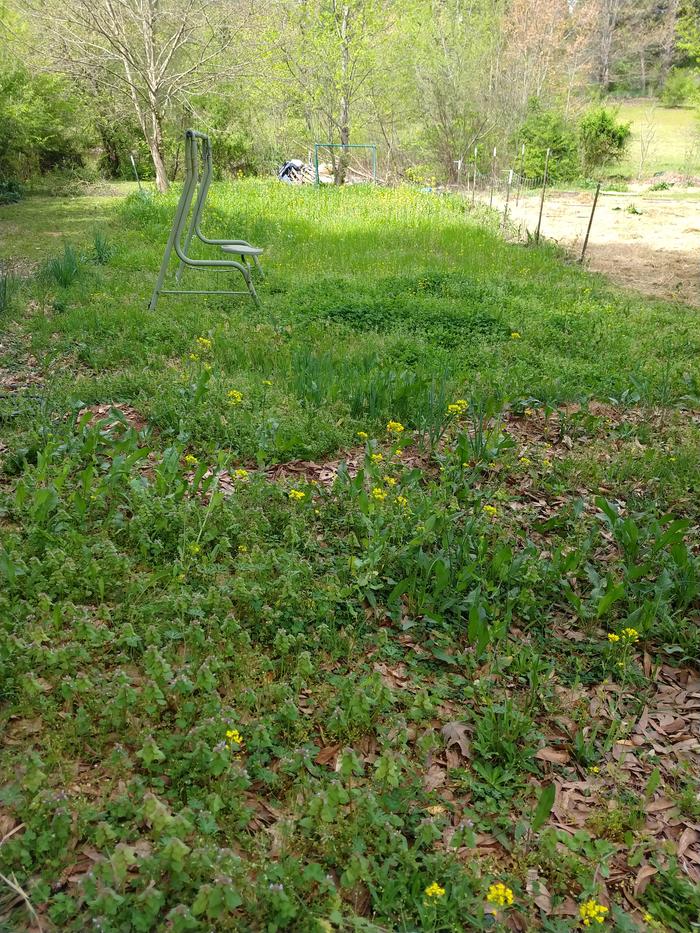
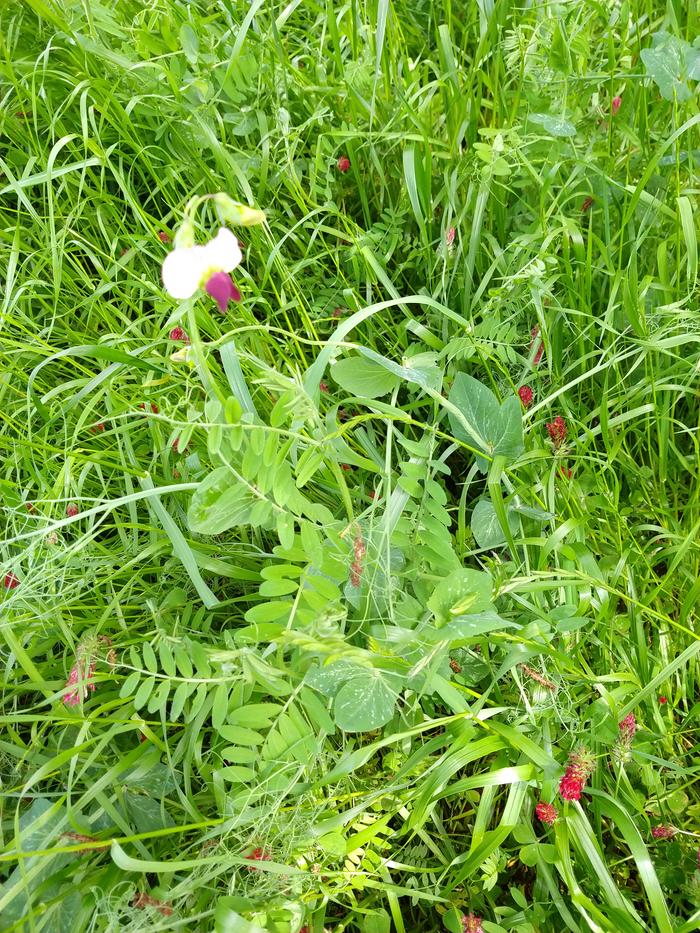
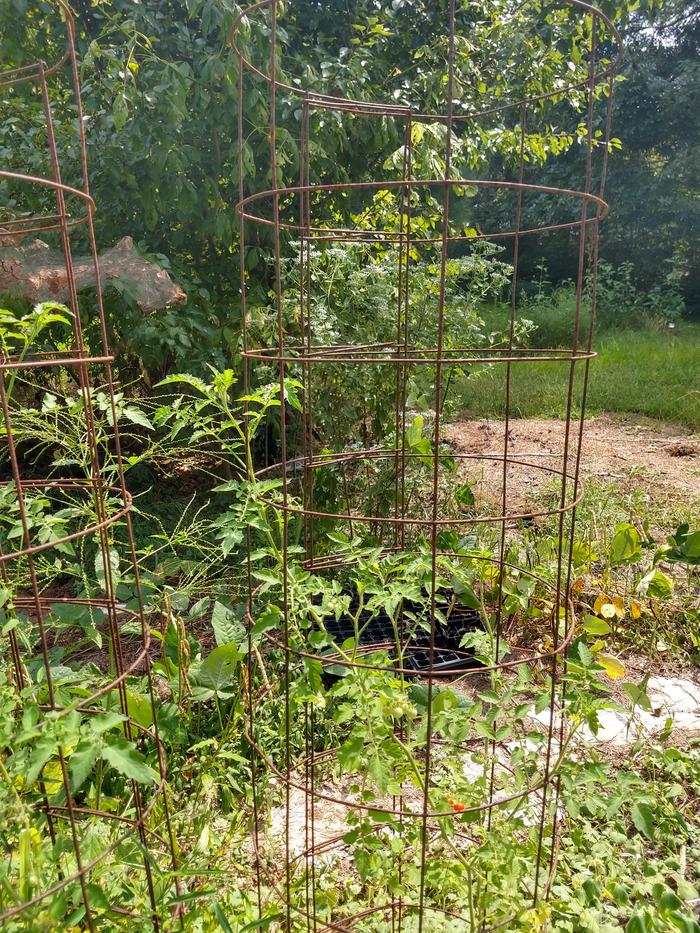
'What we do now echoes in eternity.' Marcus Aurelius
How Permies Works Dr. Redhawk's Epic Soil Series








 1
1




'What we do now echoes in eternity.' Marcus Aurelius
How Permies Works Dr. Redhawk's Epic Soil Series












'What we do now echoes in eternity.' Marcus Aurelius
How Permies Works Dr. Redhawk's Epic Soil Series












'What we do now echoes in eternity.' Marcus Aurelius
How Permies Works Dr. Redhawk's Epic Soil Series








 2
2




'What we do now echoes in eternity.' Marcus Aurelius
How Permies Works Dr. Redhawk's Epic Soil Series












'What we do now echoes in eternity.' Marcus Aurelius
How Permies Works Dr. Redhawk's Epic Soil Series








 2
2





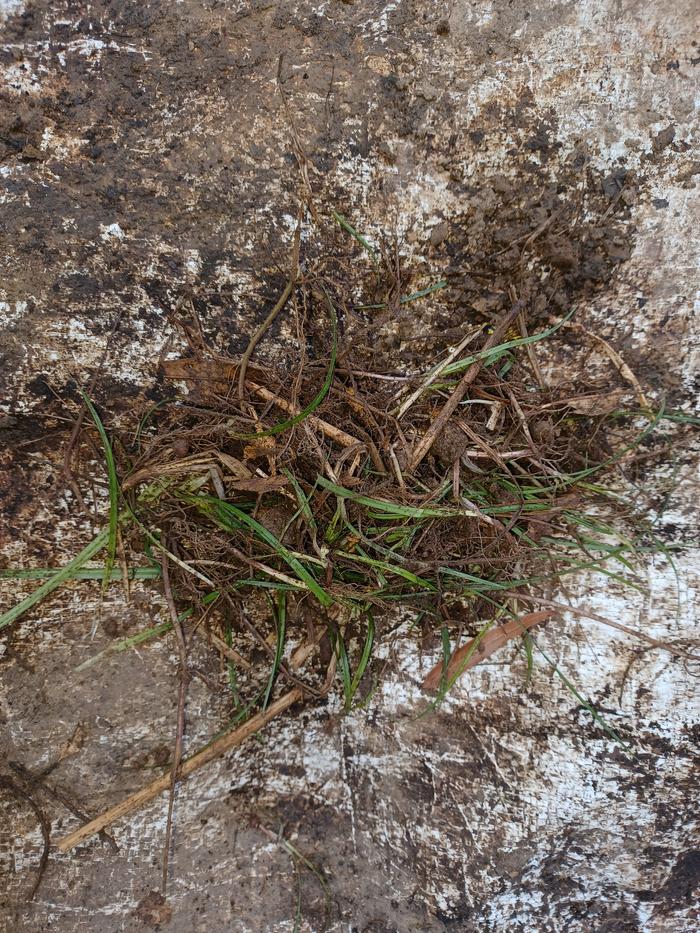
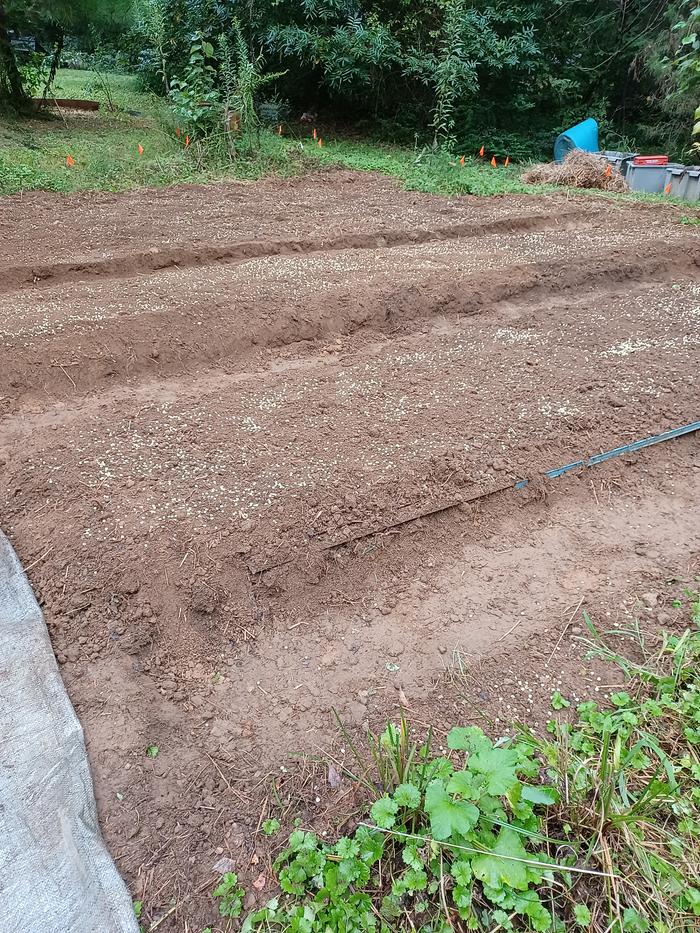
'What we do now echoes in eternity.' Marcus Aurelius
How Permies Works Dr. Redhawk's Epic Soil Series
 1
1












 1
1




'What we do now echoes in eternity.' Marcus Aurelius
How Permies Works Dr. Redhawk's Epic Soil Series
 3
3




Community Building 2.0: ask me about drL, the rotational-mob-grazing format for human interactions.





How Permies works: https://permies.com/wiki/34193/permies-works-links-threads
My projects on Skye: The tree field, Growing and landracing, perennial polycultures, "Don't dream it - be it! "

|
An elephant? An actual elephant. Into the apartment. How is the floor still here. Hold this tiny ad:
2024 Permaculture Adventure Bundle
https://permies.com/w/bundle
|
